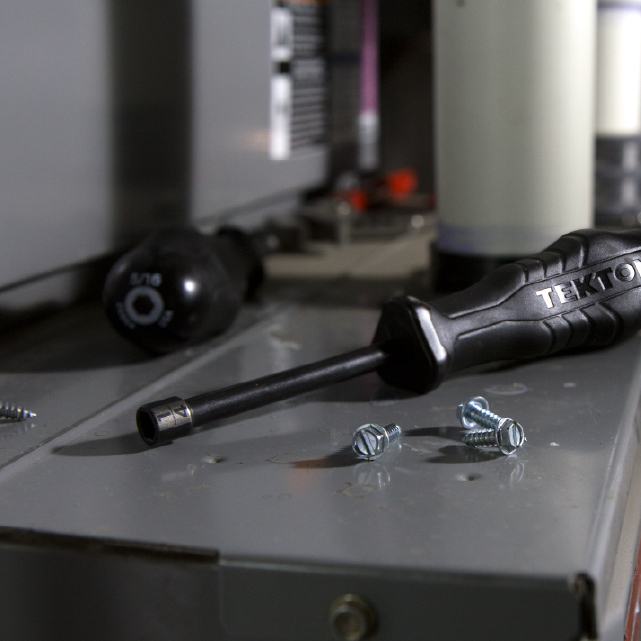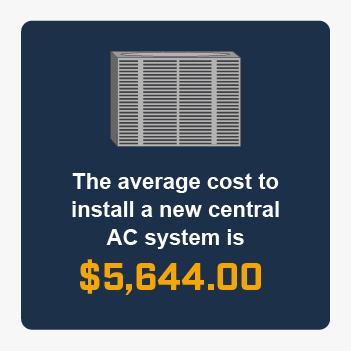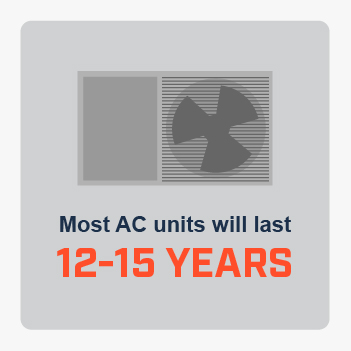
Whether you own a commercial property or a home, you always want your air conditioner to provide the best indoor cooling for your needs. While we never want to think about having to purchase a new AC unit, the reality is at some point you will have to consider a replacement. Since HVAC cooling systems are intricate machines, you’ll want to ensure that a professional performs any AC installation or maintenance.
If you find yourself needing an air conditioning unit, it’s essential to contact your Portland HVAC installer to assess your needs. They will perform a complete inspection as well as:
- Determine the building space area
- Choose the best type of system
- Evaluate the internal temperature conditions
- Discern the correct AC size
- Perform a duct inspection and installation
- Install the thermostat
- Perform a quality assessment
Steps for Air Conditioning Installation
HVAC systems are complex and require attention to detail when removing and replacing any of the components. When your heating and cooling professionals install a new AC unit, they will typically follow the following steps:
- Inspection: The first thing an HVAC specialist will do is inspect the building you want to install an AC unit in to determine which unit will work best. The technician will determine where indoor and outdoor units as well as coils should be installed.
- Remove the existing unit: At this step, special equipment will be brought in to remove the existing AC unit. A recovery machine and tank will remove the old refrigerant and air conditioner. Wiring from the old system will also be removed.
- Preparing the concrete or composite pad: If the pads from the old unit need to be replaced, that will come at this step. Many newer units use composite pads that absorb vibrations from the AC unit and can sit outside for the lifespan of the unit. If concrete needs to be repaired it will be done now.
- Replace indoor evaporator coils: Evaporator coils are the part of your AC unit that absorbs the heat from the air in your house. If new coils for a more modern unit need to be installed or replaced that will happen next
- Replace the refrigerant lines. The refrigerant line is where refrigerant travels to the outside condenser and back into the evaporator coil. A technician will have to thoroughly flush the old oil from the lines to prevent damage to the new system.
- Set up the new unit on the outside pad: Next, the outside unit will be installed on the pad from step 3. The unit should be inspected for any damage before it is permanently installed.
- Install the filter dryer, wiring, and condensate drain line: The final pieces to install are the filter dryer, wiring, and condensate drain line.
- Test: Once all elements of your new AC system are installed you should test the air conditioning system for any issues and overall performance.
 What is a Typical AC Installation Cost?
What is a Typical AC Installation Cost?
Air conditioning units and installation costs can vary widely. The national average to install a new central AC system is $5,644.00. However, prices can range from $3,810.00 to $7,480.00 and higher. Pricing depends on various factors, including SEER ratings, unit size, ductwork needed, and system type.
Do You Need a New Air Conditioning System?
Purchasing a new air conditioning unit can be a significant investment for both homeowners and commercial property owners. However, it’s best to replace an old AC system before it stops working. On average, most AC units will last 12-15 years, but they will eventually lose efficiency over time. If you are concerned about the health of your air conditioning system, there are a few warning signs to look out for:
- Higher than average energy costs
- Inconsistent cooling throughout rooms or zones
- Loud noises coming from the AC system
- Signs of water leakage
- Constant HVAC repairs

If your air conditioning system shows signs of decline, it’s time to consider a complete AC replacement before significant problems arise. Also, if your unit is getting up there in age, you may want to consider replacement even if it appears to be working just fine. Newer models use 30%-50% less energy than older models, which means you could save on your utility cost.
Tips from the Professionals: Keep your AC in tip-top shape, and help extend its life by keeping up with a routine maintenance plan. Our NATE-Certified technicians can perform scheduled check-ups for residential and commercial units.
Contact AAA Heating and Cooling for Your New AC Replacement
At AAA Heating and Cooling, we understand the importance of keeping your HVAC unit running efficiently. Our contractors can perform any repairs or replacement your property requires. Need advice on your air conditioning system or want to schedule a routine check-up? Reach out to our professionals today and schedule an appointment for all your service and repair needs.